Greater Galangal, Blue Ginger, Thai Ginger Plant
Description
Description
Add a tropical flair to your garden by plating these herbaceous plants. Greater Galangal, Alpinia galanga, is a plant in the ginger family, is an herb used in cooking, especially in Indonesian and Thai cuisines. This plant is not only famous for its culinary uses but is also used as an Ayurvedic herb and is still used in several traditional remedies.
Blue Ginger holds a sharp, citrusy flavor and is often confused with a regular ginger plant. There are a total of four known galangal plants and this particular species is differentiated from the others with the vernacular name ‘greater galangal’.
Blue Ginger grows from clumps of reddish-brown rhizomes and grows long narrow blade-like leaves. These plants bloom small greenish-white flowers with a dark-red velvet tip. The red fruits have a flavor similar to cardamom and are used in traditional Chinese medicine.
Blue Ginger is especially cultivated in Malaysia, Thailand, and Laos and is native to Indonesia and South Asia. These tropical plants grow to a maximum height of 5 feet and don't require much maintenance and care to thrive.
Blue Ginger Special Features
- The plant blooms from reddish-brown rhizomes.
- These plants bloom red flowers.
- It is an Ayurvedic herb and used in many traditional medicines.
- Blue Ginger is also renowned for its culinary uses.
- It is a low maintenance plant.
|
Common Name |
Greater Galangal, Blue Ginger, Thai Ginger Plant |
|
Utmost Height |
Upto 4 feet tall |
|
Blossom Time |
Late Summer season |
|
Flower Color |
Greenish white |
|
Difficulty Level |
Effortless to grow |
Blue Ginger Uses
Ornamental Use
- These plants can be used for ornamental purposes.
Medicinal Use
- This plant is used to promote digestion and stimulate appetite and the production of digestive fluids.
Culinary Use
- The robust rhizome has a sharp, sweet taste and is a common ingredient in Thai and Indonesian soups and curries.
Planting and Care
- This plant grows well in full sunlight but can also survive in sunset zones.
- Keep the plant away from frost.
- Plant the rhizomes by digging a hole and covering it with soil.
- Sausage Trees need well-drained soil composed of clay, loam, and mulch.
- Water the plants weekly and make sure to keep the water off the leaves.
- Water the plant moderately.
- Never overwater!
- Water stagnation must be avoided in all cases.
- Make sure the roots of the plant are damp but not too wet.
- Water the soil immediately after using the fertilizer.
- Knock off the old soil from the plant root by removing all rotted and dead roots.
- These plants are relatively pest-free
·
|
Sunlight |
Full sunlight to Fragmented sunlight |
|
Watering |
Average; Don’t overwater |
|
Soil |
Well drained soil. |
|
Fertilizer |
Use any organic fertilizer. |
Only logged in customers who have purchased this product may leave a review.


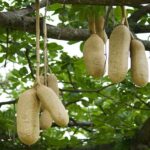
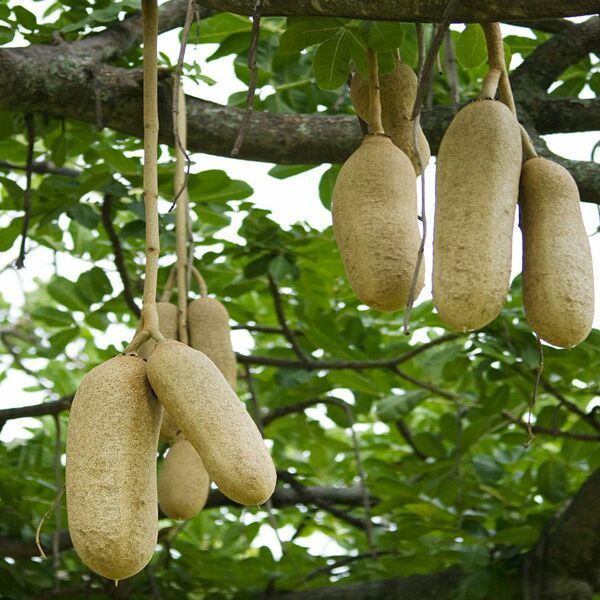
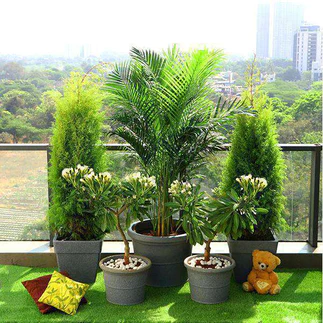
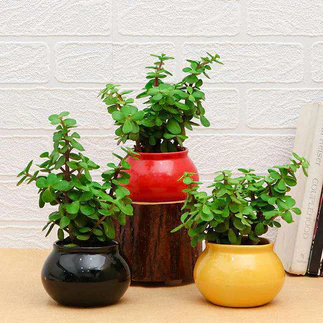
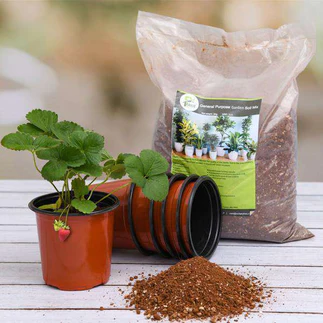
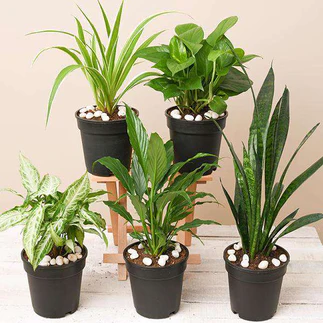
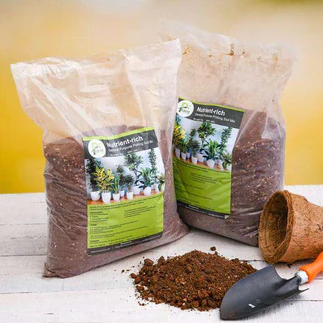


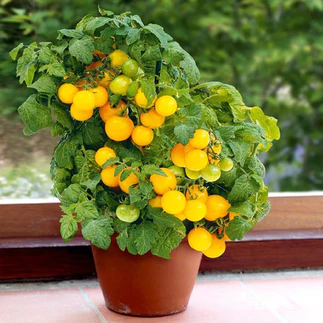
Reviews
There are no reviews yet.